Belgium: Top Castles & Forts
Even among the crowded European cultural landscape, shaped by centuries of war, peace, alliances, treachery, and the UEFA Europa Football League, Belgium stands out as one of the most culturally complex countries you can visit. It’s a country where Dutch is primarily spoken in the North, and French primarily in the South. Where historic battlefields and rustic small towns clash with cosmopolitan population centers like Antwerp and Brussels. Let’s check out Belgium’s top castles and citadels.
If the full European experience was on your bucket list, but you could only go to one country, I would recommend Belgium in a heartbeat. It represents everything that makes Europe so grand. The intersections of culture and language, the melting pot of past, present, and future, and delicious food and drink to boot. Your itinerary will be loaded with historic and culturally significant stops!
Before we move on, did you know that every week we send out a newsletter featuring:
- New Destinations on the Tripio app
- Highlighted Itineraries on the Tripio app
- 3 Articles from the Tripio blog
Subscribe to Tripio’s Weekly Newsletter!
Belgium’s most European quality, however, has to be its collection of castles. Ranging from the days of the Roman Empire to World War II, the many castles and fortresses dotting Belgium’s landscape mark important milestones in the Belgian timeline. As solemn as they are picturesque, Belgium’s many historic castles deserve a deeper look.
To prepare you for your deep and informational vacation, here are five castles Tripio recommends visiting, in no particular order:
Belgium Top Castles & Forts: Citadel of Namur
Looming over the bank of the confluence of the Sambre and Meuse Rivers. The Citadel of Namur combines the idyllic charm of a storybook European castle with the long history and imposing presence of a European military encampment. It is named after the city where it can be found.
The site dates back to the days of the Roman Empire, though it has been rebuilt and/or extended several times since then. Menno van Coehoorn is the man behind its current design. A Dutch soldier and engineer, he’s considered one of the most important men in Dutch military history. When you consider how deep Dutch military history is, that’s quite the accomplishment.
Place of Beauty and Conflict
The Citadel saw perhaps its most important conflict in 1692, during the height of the Nine Years’ War which pitted the French against the Grand Alliance of Britain, the Dutch Republic, and the Holy Roman Empire (and Spain, to a lesser extent). The Siege of Namur in that year was a major part of France’s attempt to bring the war to a swift end, as the town was seen as a major strategic asset to both sides of the conflict due its location.
Though the town of Namur would capitulate to French forces on June 5, 1692, the Citadel would hold out until June 30. Who would lead the Citadel’s defensive efforts? None other than Menno van Coehoorn himself, who was assisted by the region’s poor climate. The dreary conditions made the roads to the Citadel virtually impassable, greatly reducing the French supply of ammunition and food for the animals that helped transport the siege engines.
Nevertheless the Citadel would eventually fall into French hands, who were led by another great engineer of the time, Vauban. Vauban, recognizing the citadel’s potential, would end up improving the Citadel’s design.
Today, the Citadel is considered a Wallonia Major Heritage site, and a must on any European history buff’s bucket list. It’s a small entry fee to get inside, but it’s worth every euro.
Belgium Top Castles & Forts: Gravensteen
Which Belgian castle has served as a court, prison, mint, and cotton factory?
What is the Gravensteen for 500, Alex. Tripio will add that no adventure to Ghent is complete without it. Not many castles built during medieval times can claim to have served other purposes as late as the Industrial Revolution.
It was built circa 1000 AD, first with wood and later fortified by stone. It was the kind of castle you might find in Monty Python and the Holy Grail, only without flatulent Frenchmen or projectile cows. Sadly, this original castle burnt down. The castle on the site today can owe to Phillip of Alsace, who built the castle more or less to intimidate the nobility of the region.
The Lys river feeds the castle’s signature moat. Once inside, castle enthusiasts (like you!) can recognize and appreciate the central keep and residence, which once belonged to the Counts of Flanders.
After the Counts of Flanders vacated the castle in 1353, it was used as a court and a prison, which is actually a pretty economic design choice. As Europe was swept up by the Industrial Revolution, the Gravensteen soon found use as a cotton mill. It narrowly evaded demolition as Europe entered the 20th Century, and would eventually serve as the centerpiece of the Ghent World Fair of 1913.
Today, Gravensteen is a quintessential European icon and a must on any Belgian adventure itinerary.
Belgium Top Castles & Forts: Dinant Citadel
Perched atop Dinant Rock, and overlooking the Meuse River, Dinant Citadel’s beautiful surrounding foliage compliments its smooth, stony exterior. The Dinant Citadel’s beauty is almost ironic, considering the area’s long and bloody history. Dinant itself has borne witness to some of Belgium’s most brutal conflicts, from the Nine Years’ War in the 17th Century to World War I.
The area was originally fortified in 1051. The bloody history of the area begins in 1466, when Charles the Bold marched into the city and ordered the killing of every man, woman, and child within its city limits. All because of a rumor spreading throughout the city that he was an illegitimate child. Yeesh, and I thought Dwight Schrute couldn’t take a joke.
It was Vauban (yes, the same Vauban who helped design the modern Citadel of Namur) who created the gorge where the Citadel now stands. The Citadel built in 1815 wouldn’t see significant action until World War I. It witnessed the gory bayonet fights between French and German soldiers, the latter managing to capture the Citadel for a very brief time before it was retaken by the French. Even more tragic, it witnessed the massacre of 674 civilians in 1914 during the early days of the war.
Holding Strong
The Battle of Dinant served as a dark preview of what was to come from World War I. The massacre would later come back to haunt the Germans, as part of the charges laid out against them known as the Rape of Belgium.
Even though the Citadel serves as a somber reminder of the violence of that conflict, its beauty also stands as a symbol of hope and peace in post-war Europe. Today, half the fun of the Citadel of Dinant is traveling there. There is a cable car ride that brings travelers from the village below up to the citadel courtyard, as well as a cruise of the Meuse. You can purchase an all-in-one package, and get a cable car ride, cruise, and admission to the fort.
Belgium Top Castles & Forts: Coloma Castle and Rose Garden
After the first three entries, you might need a break from war, pestilence, and dark history. Thankfully, Tripio’s fourth entry will lift your spirits.
Coloma Castle and Rose Garden, located in the town of Sint-Peters-Leeuw, offers a peaceful and refreshing reprieve from the dark history of the other entries on this list. One glimpse at the 300,000 roses scattered about the thematic gardens here will melt any feelings of anxiety and strife away.
The rose garden is truly the main event of Coloma Castle. It’s home to 2.2 hectares of more than 3,000 varieties of roses from 25 countries. Ancient primitive roses, roses from the most remote corners of the world, roses grown with the most modern green tech. Depending on what time of year you visit, you’ll find different varieties and designs. Making this castle worth more than a single visit! There’s also a Rose Museum inside the castle, explaining the symbolic history of roses in Belgium and throughout the world (did you know roses were once believed to help the wielder avert the Plague?)
That’s not to say the castle itself doesn’t have its fair share of history. It served as an administrative seat in the region during the 16th Century, before being turned over to private hands for three centuries. The only reminder of its 16th Century history is the protective moat surrounding it; it was renovated in the 18th Century by the new ownership. You can also find a tavern in what used to be the carriage house, and a tower where the Rose Museum is.
Every rose has its thorn? Maybe not this one!
Belgium Top Castles & Forts: Dodengang (The Trench of Death)
While not technically a “castle,” Dodengang is nevertheless a fort in the truest sense of the word. As World War I dragged on, it quickly became apparent to all belligerents in the conflict that trench warfare was more effective with the advanced technology and weaponry of the time. Hence, many fortifications during the war were built into the earth, rather than in fortresses and castles.
Dodengang, located on the bank of Yser Canal near Diksmuide, bears the unfortunate nickname “Trench of Death,” from the countless Belgian soldiers who died here. It was first dug in 1914 during the Battle of the Yser. Which was an early advance by the Germans into Belgium. Though costly to the Belgian army, their defensive efforts managed to repel the Germans. With 95% of the rest of the country under German control. The 5% the Belgians managed to retain in this battle allowed their homeland to sustain a sense of national pride throughout the War.
The Cost of Victory
Though this first battle would be the most brutal conflict the trench would witness, it wouldn’t be the last. In fact, the Belgian army would be stationed here until late 1918. The trench was a crucial point in the Yser Front, and the Belgians would repel German advances here throughout the war.
Today, you can relive the days of conflict and visit the trenches on your own. In 1922, King Albert of Belgium dedicated a demarcation stone to those lives lost here. As part of a series of stone markers along the Western Front line from the North Sea to the Swiss border. Each of these markers are surmounted by a laurel wreath and a Belgian army helmet.
You can also visit a concrete German fortification erected north of the trench by a German force that successfully traveled across the Yser Canal.
Use Tripio to experience Belgian Culture to the fullest
There are more castles than the ones listed above in the Tripio app. Make sure you check it out, and find your next adventure through Belgian art, culture, and history! The Tripio app’s custom top 10 list function lets you customize your travel experience like never before.
Using the app, select the plus icon at the bottom of the screen titled “Create.” This will take you to the trip creator. Which can create custom top 10 lists and a custom itinerary in under 60 seconds! Make sure to give History and Culture a 5 for trip importance, to ensure your custom top 10 has a focus on castles, museums, battlefields, and more spots of cultural significance. To really round out your top 10, consider adding Good Eats for when you get hungry and maybe Nightlife for some fun bars and entertainment after hours. Make the perfect custom itinerary today, and take the stress out of travel research!
All that exploring got you feeling hungry, check out: Best Belgium Chocolate Spots
or fancy a European road trip: A Road Trip Through The Amalfi Coast
-Joshua Faulks, Tripio Guru
Download the free Tripio app on iOS and Android!

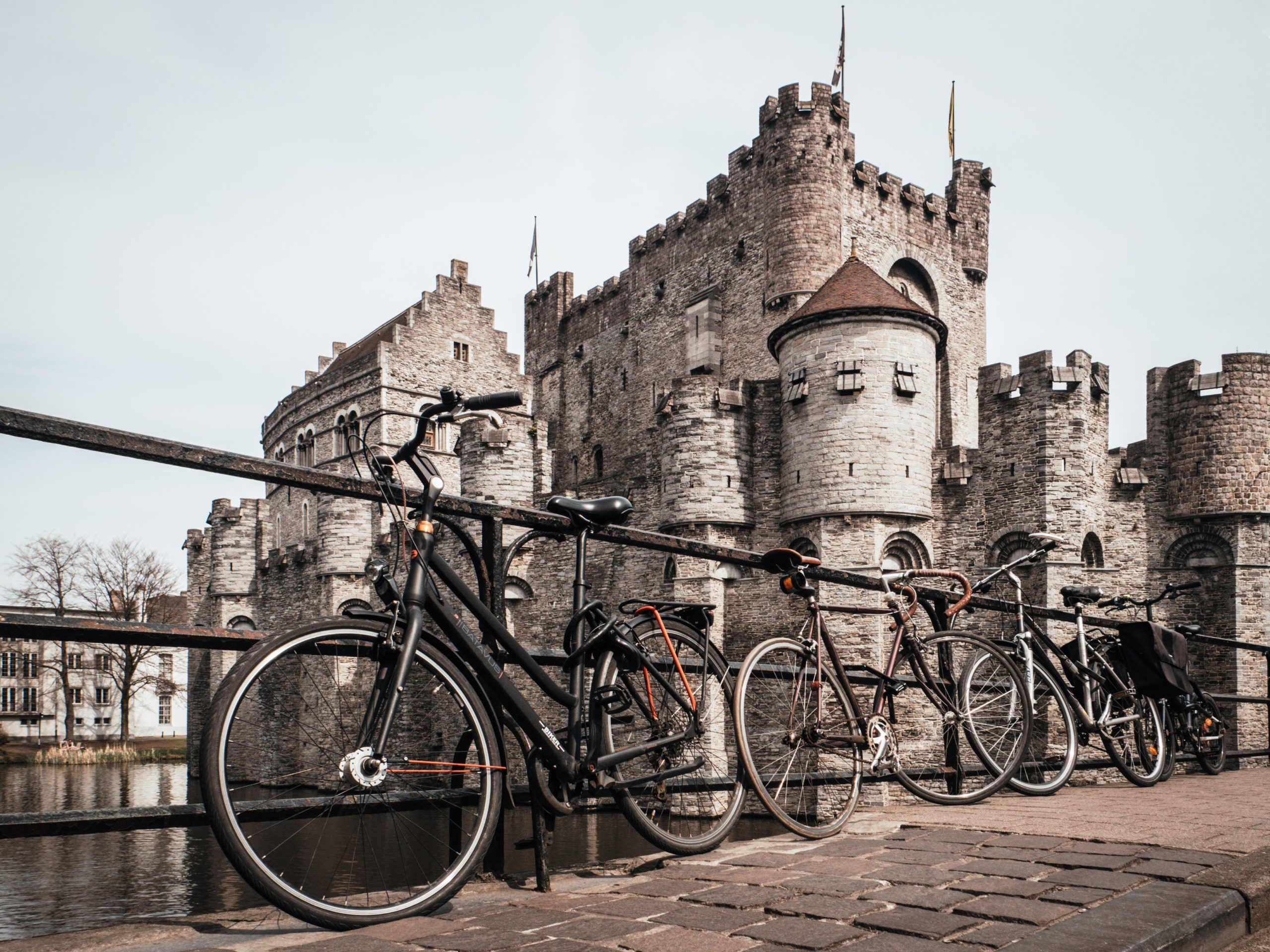
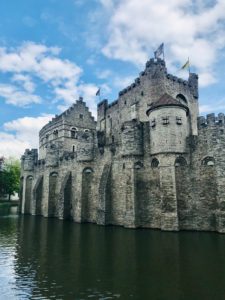
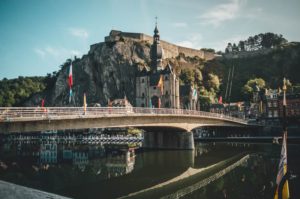
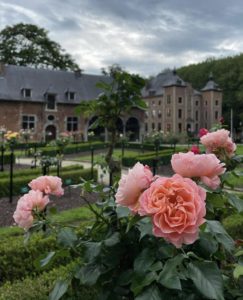





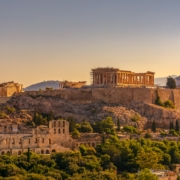





Trackbacks & Pingbacks
… [Trackback]
[…] Read More Information here to that Topic: blog.tripioapp.com/belgium-top-castles-forts/ […]
… [Trackback]
[…] Read More on that Topic: blog.tripioapp.com/belgium-top-castles-forts/ […]
… [Trackback]
[…] Info on that Topic: blog.tripioapp.com/belgium-top-castles-forts/ […]
… [Trackback]
[…] Info on that Topic: blog.tripioapp.com/belgium-top-castles-forts/ […]
… [Trackback]
[…] Read More Information here to that Topic: blog.tripioapp.com/belgium-top-castles-forts/ […]
Leave a Reply
Want to join the discussion?Feel free to contribute!